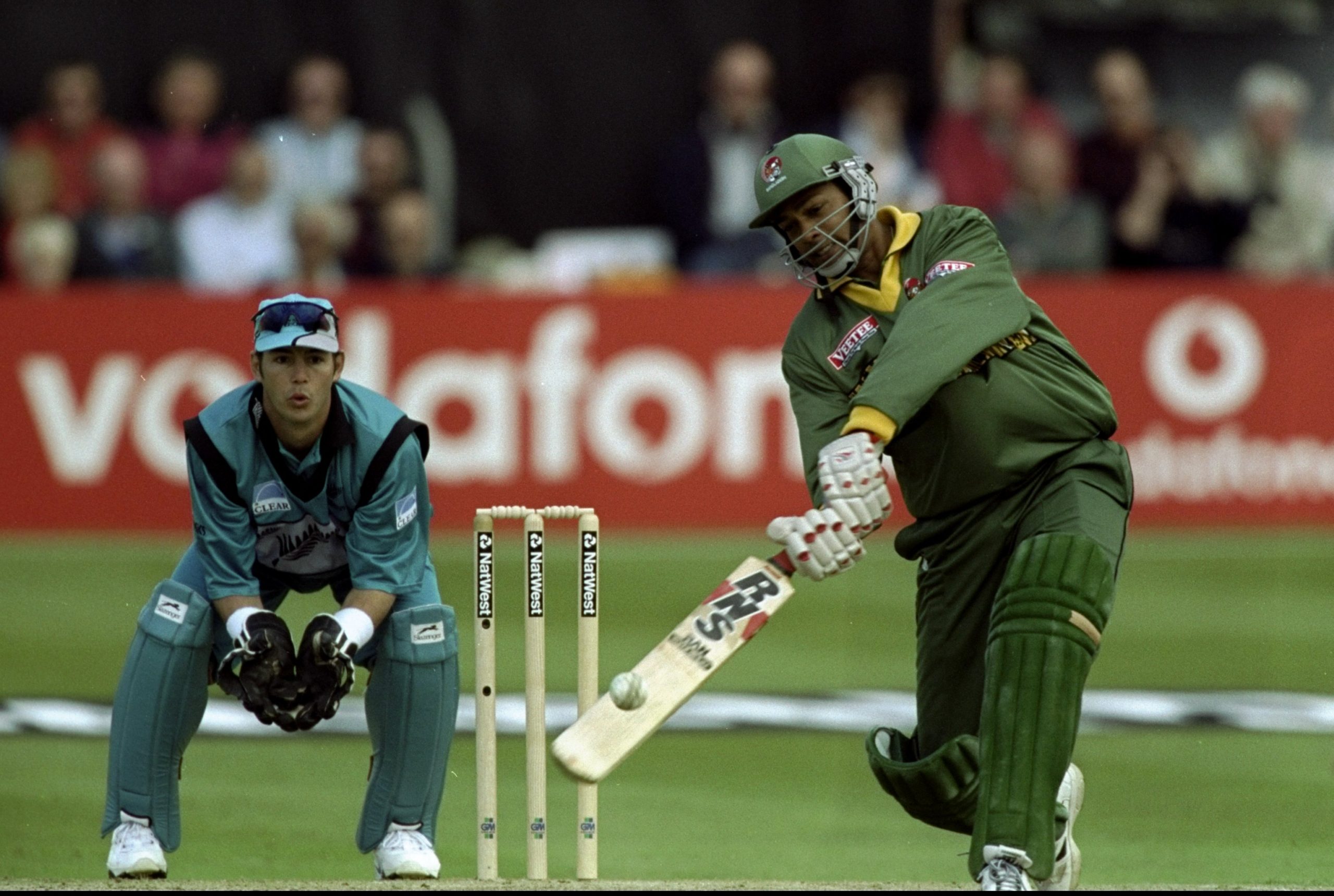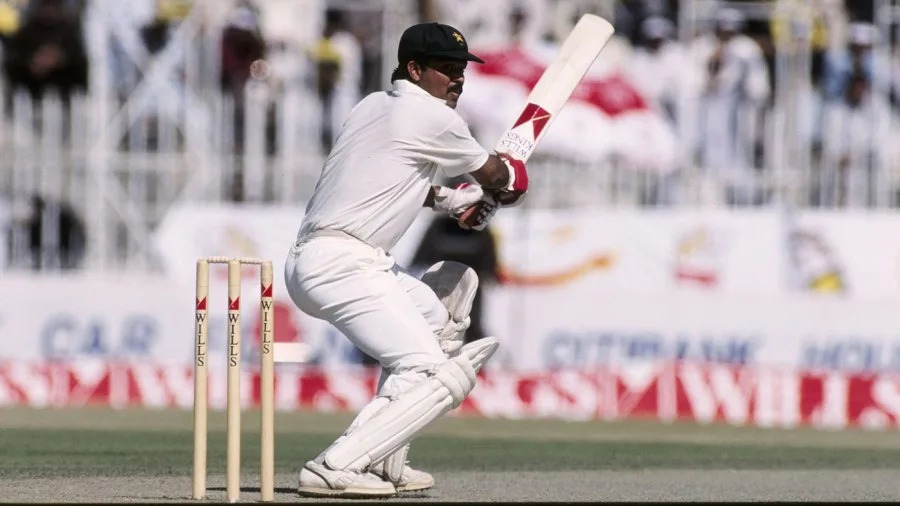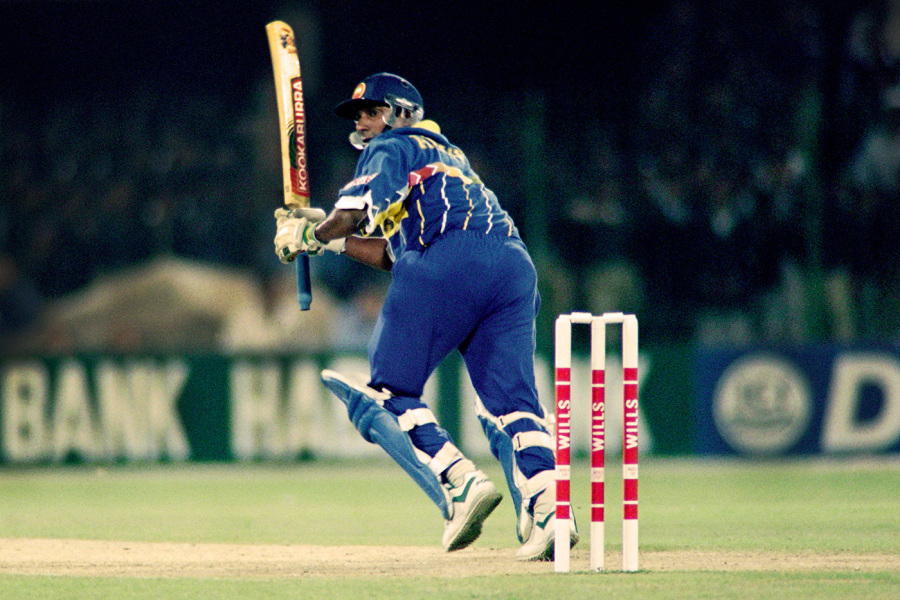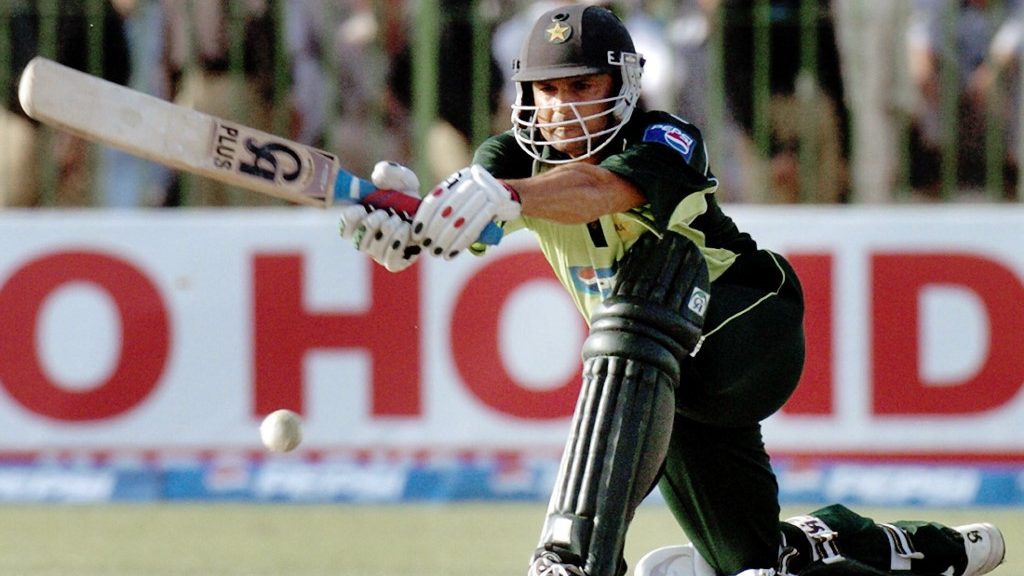In the dynamic world of One Day International (ODI) cricket, the ability to score quickly has become a crucial part of modern batting. Today’s batsmen often aim to maintain high strike rates to give their teams a competitive edge. However, this wasn’t always the case. In earlier decades, the game was played with a very different mindset, where defensive batting and patience were considered far more valuable than aggressive stroke play Batsmen with the Lowest Career Strike Rates.
In this article, we explore the careers of five international cricketers who recorded the Batsmen with the Lowest Career Strike Rates history. Their performances reflect the evolution of cricket over time, shedding light on how conditions, team strategies, and individual roles shaped their playing styles.
List of 5 ODI Batsmen with the Lowest Career Strike Rates
1. Makhaya Mbangwa

Makhaya Mbangwa, a Zimbabwean fast bowler, was never expected to score many runs. His primary role in the team was as a bowler, and any runs he added were considered a bonus. Batting low in the order, Mbangwa often came to the crease during difficult situations when the team was either collapsing or simply trying to survive the remaining overs Batsmen with the Lowest Career Strike Rates.
Mbangwa’s extremely low strike rate reflects the challenges faced by lower order batsmen, especially those who specialized in bowling. His cautious and defensive approach at the crease limited his scoring opportunities but fulfilled his role of surviving as long as possible to support the specialist Batsmen with the Lowest Career Strike Rates.
Mbangwa’s strike rate of 32.69 remains one of the Batsmen with the Lowest Career Strike Rates history, highlighting how challenging batting was for tailenders who often faced top bowlers in pressure situations.
| Field | Details |
|---|---|
| Country | Zimbabwe |
| Matches Played | 26 |
| Innings Batted | 14 |
| Total Runs | 34 |
| Batting Average | 4.85 |
| Strike Rate | 32.69 |
2. Naimur Rahman

Naimur Rahman played an important role in Bangladesh’s early international cricket journey. As the first captain of Bangladesh in Test cricket, he carried immense responsibility both as a bowler and a lower order batsman. Unlike today’s Bangladeshi batsmen who play more attacking cricket, Rahman came from an era where defense was the primary approach to handling international bowlers Batsmen with the Lowest Career Strike Rates.
His low strike rate shows how Bangladeshi cricket was still developing its aggressive batting identity. During his time, survival at the crease was often seen as a success against stronger opposition, especially when playing against teams like Australia, India, or Pakistan.
Naimur Rahman’s strike rate of 42.02 symbolizes the cautious nature of his batting, reflecting the learning phase of Bangladeshi cricket in international competition Batsmen with the Lowest Career Strike Rates.
| Field | Details |
|---|---|
| Country | Bangladesh |
| Matches Played | 27 |
| Innings Batted | 25 |
| Total Runs | 290 |
| Batting Average | 13.80 |
| Strike Rate | 42.02 |
3. Ijaz Faqih

Ijaz Faqih, a Pakistani all rounder, had limited chances to showcase his talent at the international level. Primarily known for his domestic performances, Faqih’s international career remained brief. In the few ODIs he played, his batting style remained very cautious Batsmen with the Lowest Career Strike Rates.
Pakistan, in the 1980s, often relied heavily on its bowling strength, and batsmen like Faqih were expected to preserve wickets rather than accelerate the scoring. His low strike rate mirrors the defensive mindset prevalent in Pakistan’s middle and lower order during that period.
Though his international career was short, Faqih’s strike rate of 44.33 reflects how many lower order batsmen of his time approached ODI cricket conservatively Batsmen with the Lowest Career Strike Rates.
| Field | Details |
|---|---|
| Country | Pakistan |
| Matches Played | 6 |
| Innings Batted | 5 |
| Total Runs | 47 |
| Batting Average | 9.40 |
| Strike Rate | 44.33 |
4. EAR de Silva

E.A.R. de Silva was part of Sri Lanka’s squad during its formative years in international cricket. In the late 1970s and early 1980s, Sri Lanka was still adapting to the demands of the international game, often facing top teams like Australia, West Indies, and England with limited experience Batsmen with the Lowest Career Strike Rates.
De Silva’s approach to batting was purely defensive, often attempting to hold one end as wickets fell around him. Sri Lanka lacked the aggressive stroke makers that they would later develop, and batsmen like de Silva played with extreme caution against more experienced bowling attacks Batsmen with the Lowest Career Strike Rates.
His strike rate of 45.45 reflects both personal and team struggles during Sri Lanka’s early days on the international stage.
| Field | Details |
|---|---|
| Country | Sri Lanka |
| Matches Played | 6 |
| Innings Batted | 6 |
| Total Runs | 20 |
| Batting Average | 5.00 |
| Strike Rate | 45.45 |
READ MORE: Top 5 Bowlers with the Most Maiden Overs in ODI Cricket
5. Moin Khan

Moin Khan, unlike others on this list, had a long and successful ODI career as Pakistan’s first choice wicketkeeper for many years. During the 1990s and early 2000s, ODI cricket was played at a much slower pace compared to today. The role of wicketkeeper batsmen was often to play sensibly, rotate the strike, and guide the lower order through the final overs Batsmen with the Lowest Career Strike Rates.
Moin Khan was known for his sharp cricketing brain, match awareness, and ability to finish close games. HisBatsmen with the Lowest Career Strike Rates is not a reflection of poor batting but rather a representation of ODI cricket’s overall scoring pace during his era.
Though much higher than others on this list, Moin Khan’s strike rate of 74.58 still sits on the lower side when compared to modern wicketkeeper-batsmen like Jos Buttler or Quinton de Kock, who often strike above 100.
| Field | Details |
|---|---|
| Country | Pakistan |
| Matches Played | 219 |
| Innings Batted | 183 |
| Total Runs | 3266 |
| Batting Average | 23.00 |
| Strike Rate | 74.58 |
The evolution of ODI cricket has been dramatic. In the early years, batsmen often played cautiously to preserve wickets, and teams considered scores of 200-220 to be competitive. Pitches were often bowler friendly, field restrictions were minimal, and boundary sizes were larger, all contributing to Batsmen with the Lowest Career Strike Rates.
With the introduction of T20 cricket, improved batting techniques, smaller grounds, and flatter pitches, modern ODIs now regularly see scores of 300 or more. Strike rates above 90 have become the norm, with many top batsmen striking at 100 or higher.
